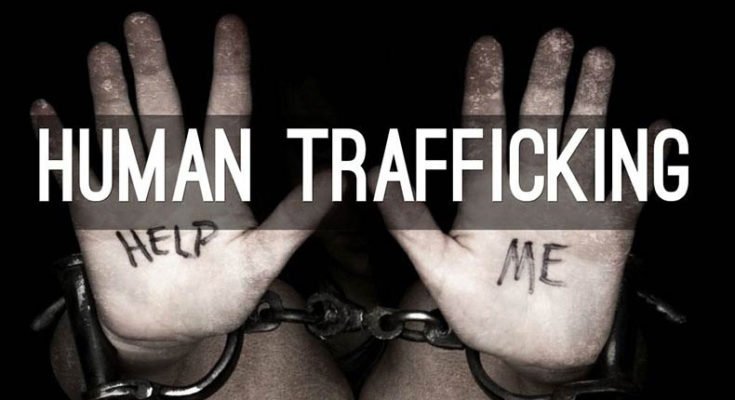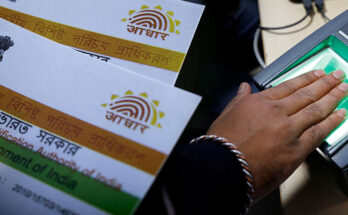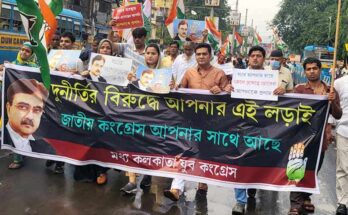Bengal remains at the top of the UN list of missing Women and Kids. Image Courtesy – http://www.radioproject.org
In the year 2011, more than 19,000 women and children were missing from West Bengal. The number of missing women and children is increasing according to the reports of various organizations and also to the government files. Very few of them could be traced and rescued from their captivated area.
The report of United Nations Office on Drug and Crime (UNODC) revealed that in the year 2011, more than 19,000 women and children were missing from West Bengal, only 6,000 out of them could be traced. The report from the United Nations were made with the title ‘Anti Human Trafficking, 2013’.
The report of the Union home ministry of India revealed that a huge number of women and children went missing between the span of 2009 and 2011 through the international border in various areas like 2,217 kms with Bangladesh, 92 kms with Nepal, 175 kms with Bhutan etc. It is obvious that human traffickers have very good setting of their own through these border areas. But, the actual amount of trafficking is more than the reports made by several organizations, because their reports are completely based on police records. But, there are many more cases where absolutely no report was reached to the police department.
On the northern areas like Darjeeling, Siliguri, North Dinajpur, South Dinajpur, Arunachal, Cooch Behar, Malda etc. having international borders with Bangladesh, Nepal and Bhutan are recognized as vulnerable trafficking zone. The regions of North and South 24 Parganas are other vulnerable zones of trafficking on the southern side.
Read: Suicide rate among women is rising dangerously in US
These women and young girls are usually shifted to Singapore, HongKong and Middle East countries for working as sex-slave. There is a big racket working throughout the India and especially in West Bengal to tap weaker resources. They have influential setting with the Border Security Forces to cross the border.
One of some other incidents is stated here. The little Lalita(name changed) who stayed with her mother and brother at Madhyamgram, in North 24 Parganas, West Bengal. A neighbour took her with the consent of her mother and brother that she would be joined a job as a governess in a doctor’s house in Burdwan. But, after a long time, her family was unable to contact her. After around 6 months, the girl somehow managed to get a chance to call her brother and told the situation. Her brother immediately got in touch with the local police station. The police department acknowledging the details, sent a team and operated a joint raid with the Ahmedabad police. Ultimately the girl was very lucky and the police rescued her from a dingy hotel in Ahmedabad where she was forced into prostitution.
In a Report on Trafficking in Women and Children in India 2002-2003, Volume 1, ‘Institute of Social Sciences, National Human Rights Commission and UNIFEM (2004), 11-12’, Mr. S. Sen and Mr. P.M. Nair stated, “Crossing the border between Bangladesh and West Bengal is a daily routine for many […]. A well-organized bribe system also helps people to cross over the flat terrain. Further, a multiple passport system […] facilitates easy entry of Bangladeshi girls into Kolkata brothels and a close nexus exists between traffickers and border village communities‘. After being ‘sorted and graded‘, [girls] may be sold to pimps or sent to the Middle East, Kolkata, Bashirhat, Delhi, Mumbai or Agra”.
Manabendra Nath Ray, state programme manager for West Bengal with Save the Children reveals that the biggest challenge of their work Child trafficking has become social and cultural acceptability. He added that, for a family that gained Rs.500 a month, even a one-time draw of Rs.5,000 could be a staggering temptation. However, it was oversimplified to feel that poverty is the main driver. Most guardians did not know that they are sending their youngsters into a wrong way until it was too late. They used to understand just when their children stop sending money or stop calling them. They did not have any idea of the miserable reality of city life.
Read: Changing trend of digital era love-relations
Here is another story of Tuni and Shibani:
At the point when a girl named Tuni was 12 years of age and in Class V, she was receiving private tuition with a lady named Mukta. One day, on the appearance of taking Tuni to a book fair, Mukta trafficked her into prostitution in Kolkata, along with three different young girls, one of them was Shibani of 15 years age. The police rescued the young girls in a raid and captured Mukta and 4 different people involved in the trafficking.
Tuni, Shibani and other young girls were taken to an administration-run home, and were to be witnesses conducted for legal proceedings of their traffickers. In any case, following a couple of months in the home, Shibani ran away, and was re-trafficked into prostitution in Mumbai. Shibani was once more rescued, this time with the help of ‘SANLAAP’, a Non Government Organization in Mumbai, however she, Tuni and other young girls were greatly uncomfortable confronting their traffickers in the court. The NGO ‘SANLAAP’ gave legal advising to the young girls, and after a curtain between the young girls and the accused persons was created during court sessions, the young girls were ready to give confirmation. With the assistance of these interpositions, Tuni and Shibanis’ traffickers were all sentenced to 7-10 years in jail.
These are a few cases what we have presented here, but there are so many incidents continuously happening around our society. There are many reasons for these incidents like poverty, lack of awareness, lack of knowledge, communication gap, lack of monitoring from the side of the administration, higher ambition without rational thinking etc. To combat human trafficking, people aware of what is happening in their society and prompt communication should be done with local police station in case of any abnormal situation.
Reference:
1.Preventing and Combating the Trafficking of Girls in India Using Legal Empowerment Strategies, Copyright © International Development Law Organization 2011 – FinalReportGirlsProject.pdf
2.http://timesofindia.indiatimes.com
3.http://www.indiaspend.com





